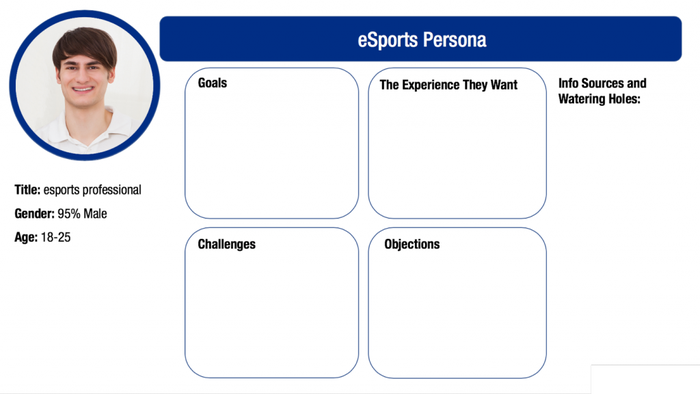Know Your AudienceKnow Your Audience
You want to ensure you are matching your prospect’s needs to your offerings.
March 1, 2021


John Muscarella
This is the latest in my series of articles that resulted from conversations my team and I recently had with several of our partners, many of whom are Small to Medium Businesses (SMB), about their challenges and successes around marketing their services.
I’ve recently written about effective marketing strategies and tactics SMBs can use to drive new business. But to get the most out of any marketing strategy, you first need to understand who you are marketing to.
In your sales process, the more you can learn about your prospect and their needs, the better you’ll fare when it comes to earning their trust, targeting your message, and making a connection.
When it comes to targeting, the narrower you can focus, often on what are called micro-verticals, the better you will be able to ensure you are matching your prospect’s needs to your offerings. Rather than targeting “local businesses by zip code,” think about how you can slice the targeted segment more thinly. Some examples might include:
Doctor/dentist offices (especially as telemedicine has become more important to connecting with patients, these professionals are even more dependent on their connectivity)
Financial institutions
Churches and other places of worship (more than ever, they are relying on technology to connect)
Car dealerships
SMB remote workers (work-from-home solutions)
eSports professionals (more on this below)
Next up is to understand what the specific need is and who the decision maker is for each target, and what solutions you have that will speak directly to them.
Creating a Prospect Persona
 The gold standard for understanding who your target is and what their needs are is the marketing persona. This enables you to understand the who, what, where and how of each target. It may take some research on the front end, but you will reap the benefits of your work when you are closing more deals.
The gold standard for understanding who your target is and what their needs are is the marketing persona. This enables you to understand the who, what, where and how of each target. It may take some research on the front end, but you will reap the benefits of your work when you are closing more deals.
1. What is the market you are targeting? Why do they need your service? In this example, we will focus on eSports. Especially during the pandemic, these streaming-dependent professionals are often having to compete from home rather than in large arenas. Their residential-grade infrastructure has a hard time keeping up with the amount of data required to connect and compete effectively.
2. Who are they? The next step is to understand who you’re selling your product to. In the example above, we’ve laid out a persona worksheet that will enable you and your team to clearly understand each data This includes:
Title
Gender
Age
Goals
Challenges
The experience they want
Objections
3. Where do they get their information? Where can you find them? Where do these prospects get their information? What social media platforms do they use? What associations do they belong to and trust? Do they read emails? Where can you find and connect with them?
What Is the Right Solution for This Target?
Based on the persona data you compile for each target, how can you talk about your solutions in the context of their goals, requirements and challenges? How can you overcome their objections? In this eSports instance, providing a business-grade solution capable of reliably handling demand speaks to their need. But how can you refine that even more to be ready to address any of their questions and possible objections? Some additional questions to consider:
Who are your prospect’s customers?
How does your service help them increase sales or customer service?
Is the benefit seasonal?
Are there industry requirements around security and privacy you can talk to in your positioning for a target (such as HIPAA for the medical field)?
Meet Them Where They ‘Gather’
As mentioned in No. 3, what comes next is understanding where you can learn more about your target audience as well as where you can “meet” them. Local business associations are great for more general “meet and greets” and will help get your name out in the community. But there are often more targeted associations and groups with local chapters that enable you to home in on your target market. One step further than formal associations, this can even include local or virtual meetups (such as those found on meetup.com), where like-minded people and businesses connect. Search on the topic of interest for your persona to find any in your area.
We value our Cox Partners and we welcome the opportunity to discuss how our program can help you grow. Reach out anytime at [email protected].
As a senior director at Cox Business, John is responsible for the overall readiness strategy for the indirect business sales channels. His team has the primary responsibility to develop, implement and sell solutions utilizing the Cox Communications network throughout the country. John has more than 25 years of experience in business management, which includes sales and leadership positions with companies such as Polycom, Sprint and EDS.
This guest blog is part of a Channel Futures sponsorship.
Read more about:
AgentsAbout the Author
You May Also Like



